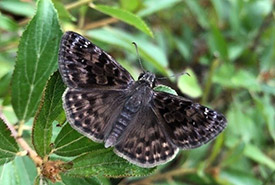Insects and spiders
-
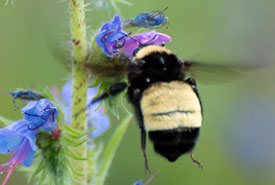
American bumble bee
Did you know that the American bumble bee can flap its wings 200 times per second? The American bumble bee is a large, fuzzy bumble bee about two centimetres in length.
-
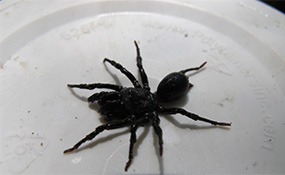
Black purse-web spider
The Black Purse-Web spider can be quite elusive. Recently, it was found on NCC’s Hazel Bird Nature Reserve property, located within the Rice Lake Plains in Ontario. It is the only arachnid in Ontario that belongs to the tarantula group.
-
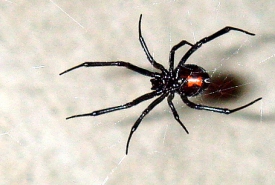
Black widow
While the common image of the black widow is its all-black body, eight spindly legs and signature red hourglass boldly displayed across its abdomen, that description is strictly for the ladies.
-
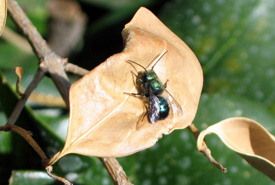
Blue orchard bee
At first glance, the blue orchard bee appears black, but is actually a dark metallic blue-green.
-
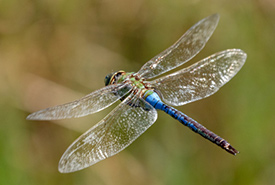
Common green darner
The common green darner has been recorded flying 122 kilometres in a single day, clocking speeds upward of 58 kilometres per hour during migration.
-
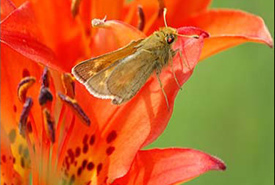
Dakota skipper
Native to North America, Dakota skipper is part of the skipper family and gets its name from its unique “skipping” flight.
-
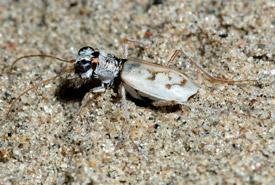
Ghost tiger beetle
Ghost tiger beetles are so well camouflaged against their surroundings that it’s sometimes easier to see their shadows.
-
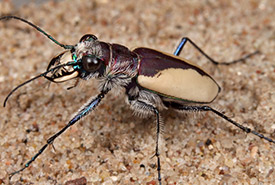
Gibson's big sand tiger beetle
One of North America’s largest tiger beetles, the Gibson’s big sand tiger beetle is among the insect world’s fiercest predators.
-
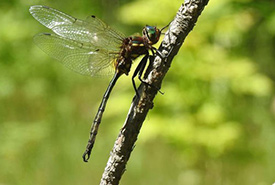
Hine's emerald
The Hine's emerald is a striking green-eyed dragonfly that is found in only one location in all of Canada.
-
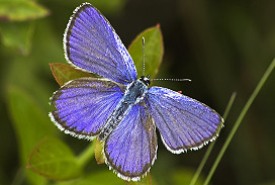
Karner blue
With a wingspan of about 25 millimetres, this tiny iridescent blue (male) or greyish brown (female) butterfly is hard to spot among the blossoms it feeds on.
-
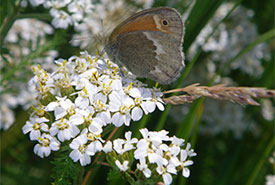
Maritime ringlet
The maritime ringlet is one of the most endangered butterflies in Canada. The entire global population is confined to a small area in Quebec and New Brunswick.
-
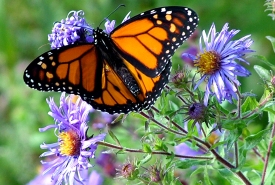
Monarch
In Canada, monarchs exist primarily wherever milkweed and wildflowers, such as goldenrod and aster, are found. These plants grow in open spaces such as the vast Tall Grass Prairie in Manitoba and on Ontario's Rice Lake Plains.
-
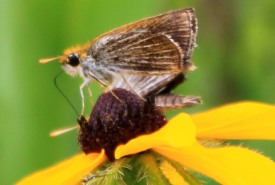
Poweshiek skipperling
The Poweshiek skipperling is a small, brown and orange winged butterfly, no bigger than a toonie. The insect is so small that it often goes overlooked; but in Manitoba, the Nature Conservancy of Canada (NCC) is paying close attention to this species and its plight in order to ensure its survival.
-
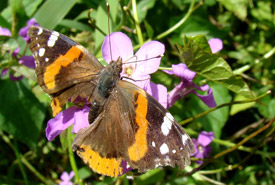
Red admiral
The distinctive black, orange and white red admiral is one of the most commonly seen butterflies, with a range extending from New Zealand to North America.
-
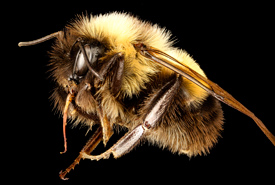
Rusty-patched bumble bee
Despite its small size, the rusty-patched bumble bee is a heavy hitter when it comes to the conservation of fellow pollinators and native flowers.
-
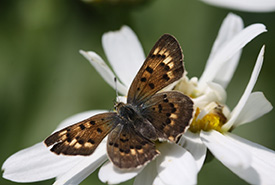
Salt marsh copper
This butterfly is unique to Canada, found only in salt marshes along the coast of the Gulf of St. Lawrence.
-
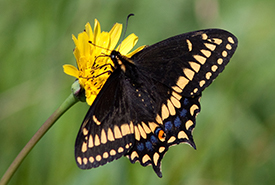
Short-tailed swallowtail
A medium-sized swallowtail butterfly, short-tailed swallowtail has two subspecies which are unique to Canada.
-
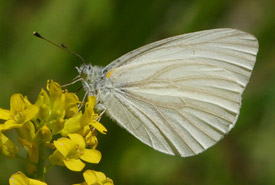
West Virginia white
The West Virginia white is one of the first native butterflies to emerge each spring. Its beautiful white wings appear translucent in the light of the sun, with the grey-brown wing veins looking like a pattern of intricate lace.


